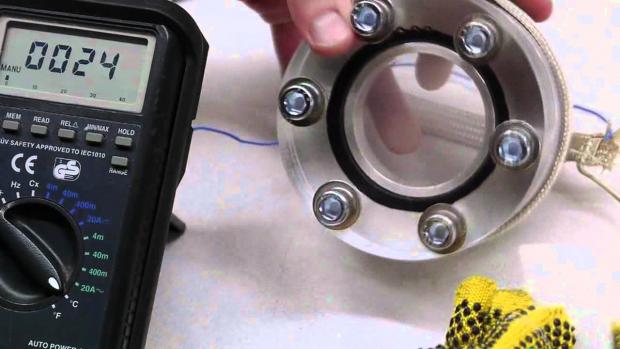
Breaking News
 Engineered backdoors in technology, have given intelligence agencies unfettered powers.
Engineered backdoors in technology, have given intelligence agencies unfettered powers.
 AI-Powered Robots Plant Trees in China's Deserts
AI-Powered Robots Plant Trees in China's Deserts
 Judge Temporarily Blocks DOJ From Using Evidence Proving James Comey's Guilt
Judge Temporarily Blocks DOJ From Using Evidence Proving James Comey's Guilt
 Offer Royale: Paramount-Netflix Bidding War For Warner Bros Heats Up In A Blockbuster Showdown
Offer Royale: Paramount-Netflix Bidding War For Warner Bros Heats Up In A Blockbuster Showdown
Top Tech News
 Build a Greenhouse HEATER that Lasts 10-15 DAYS!
Build a Greenhouse HEATER that Lasts 10-15 DAYS!
 Look at the genius idea he came up with using this tank that nobody wanted
Look at the genius idea he came up with using this tank that nobody wanted
 Latest Comet 3I Atlas Anomolies Like the Impossible 600,000 Mile Long Sunward Tail
Latest Comet 3I Atlas Anomolies Like the Impossible 600,000 Mile Long Sunward Tail
 Tesla Just Opened Its Biggest Supercharger Station Ever--And It's Powered By Solar And Batteries
Tesla Just Opened Its Biggest Supercharger Station Ever--And It's Powered By Solar And Batteries
 Your body already knows how to regrow limbs. We just haven't figured out how to turn it on yet.
Your body already knows how to regrow limbs. We just haven't figured out how to turn it on yet.
 We've wiretapped the gut-brain hotline to decode signals driving disease
We've wiretapped the gut-brain hotline to decode signals driving disease
 3D-printable concrete alternative hardens in three days, not four weeks
3D-printable concrete alternative hardens in three days, not four weeks
 Could satellite-beaming planes and airships make SpaceX's Starlink obsolete?
Could satellite-beaming planes and airships make SpaceX's Starlink obsolete?
Supercritical CO2 pilot aims to make steam turbines obsolete

Ribbons were cut at the Supercritical Transformational Electric Power (STEP) pilot plant in Texas on October 27 as it was declared "mechanically complete" by project partners Southwest Research Institute (SwRI), GTI Energy, GE Vernova, and the U.S. Department of Energy.
The device in the image above is the world's first supercritical carbon dioxide turbine. Roughly the size of a desk, is a 10-megawatt turbine capable of powering around 10,000 homes. Ten megawatts is pretty small potatoes in the energy business, but to do it with a turbine this tiny? That could prove to be a revolutionary feat.
Carbon dioxide goes supercritical when the temperature and pressure are above about 31 °C (88 °F) and 74 bar (1,070 psi), respectively. At this point, it stops acting like a gas or a liquid, and instead starts acting something like a gas with the density of a liquid. Past this point, relatively small changes in temperature can cause significant changes in density.
Water can of course go supercritical too – it just takes a lot more energy, requiring a temperature and pressure over 373 °C (703 °F) and 220 bar (3,191 psi).
The properties of this supercritical CO2 fluid make it ideal for energy extraction in a closed-loop system, and back in 2016, General Electric announced it would start building a pilot plant to prove the idea in a commercially relevant installation, expecting to achieve 10 MW at an extraction efficiency of 50% – around 10% better than current steam turbines, which operate in the mid-40s – using a turbine about one-tenth the size.
Such a turbine could significantly reduce the capital cost of setting up any power generator reliant on heat and turbines; not only will the smaller turbines be cheaper, but they're so much more compact that you'll need less land for a given power plant. It'd also produce more power from a given heat source, and by default reduce the per-unit carbon emissions even of coal and gas-based generators.

 First totally synthetic human brain model has been realized
First totally synthetic human brain model has been realized Mach-23 potato gun to shoot satellites into space
Mach-23 potato gun to shoot satellites into space

